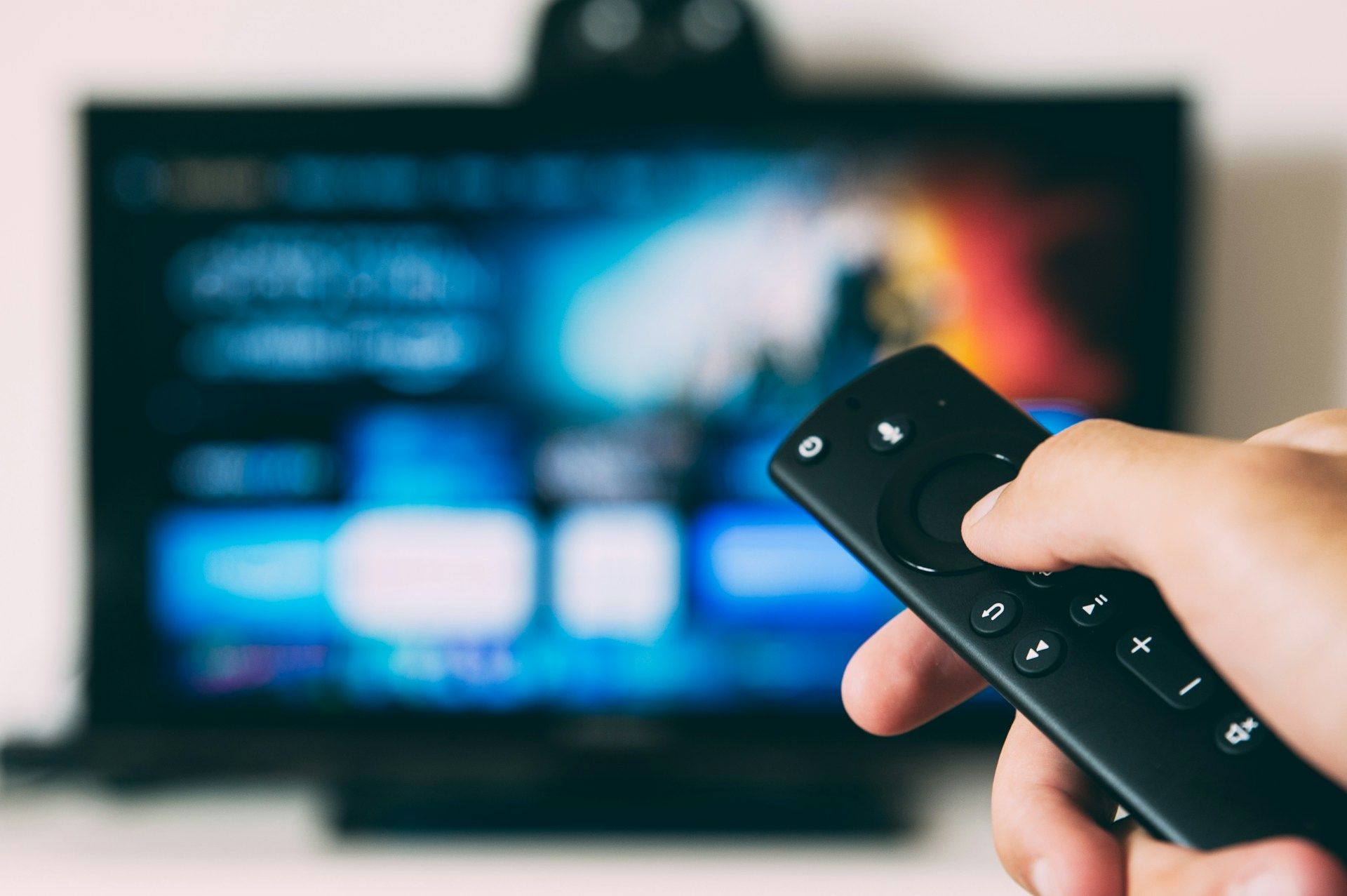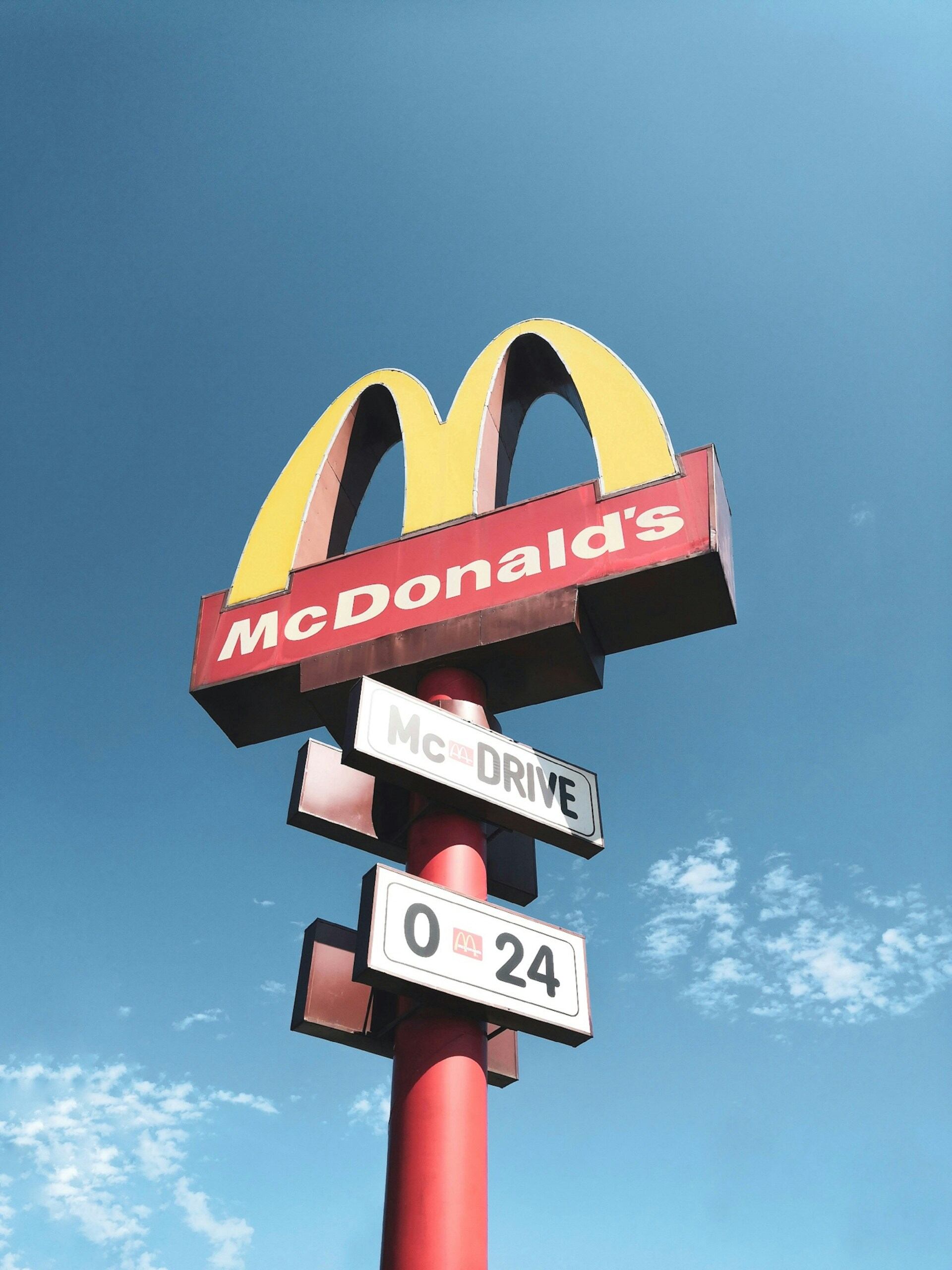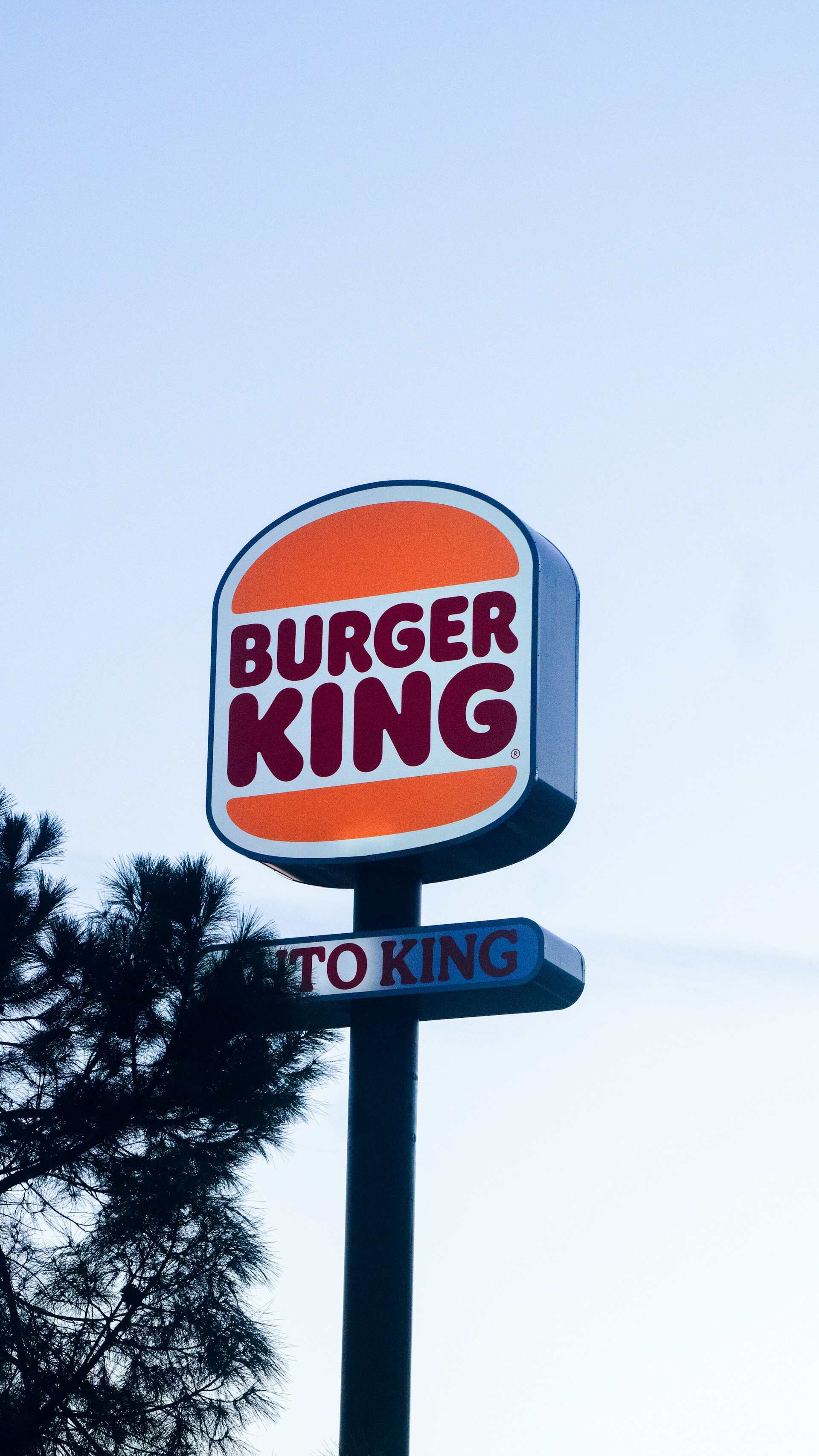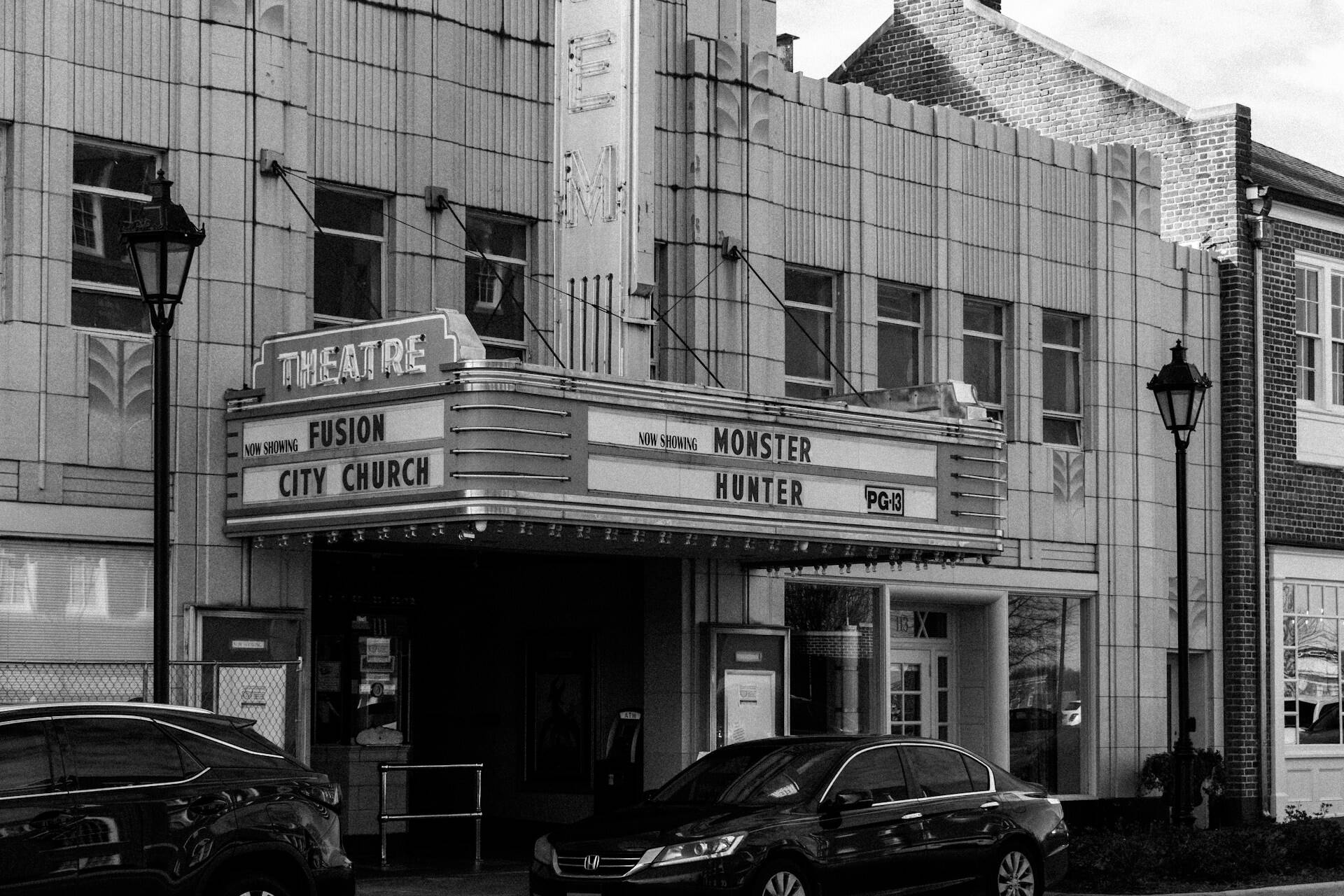What do you watch the most on streaming services?
Frequently coming up as a topic of discussion amongst friends, family, and office relationships, it’s become a point of pride for a streaming service to provide a wide selection of content - ranging from the fairly old to the fairly new.
Despite the large selection, however, an equally large part of their offering are the older reruns. The appeal of older movies and TV shows such as “Back to The Future”, “Seinfeld”, and its compatriots have an impact that cannot be denied.
Netflix learned this lesson in 2018, when licensing the hit show “Friends”. On the cusp of losing the license for the same, the backlash forced the company to pay upwards of $100 million to keep licensing the show for a single year, a result of a deluge of correspondence from its viewership online.
The impact is undeniable - so what is it exactly that we can learn from the power of nostalgia?

Nostalgia Across Industries
In any case, it’s not just the streaming industry that’s fallen victim to the nostalgia wave.
It’s been making returns in the fashion industry as well - an industry known to be cyclical in nature. With many celebrities flaunting a style seen in decades past, rocking Ed Hardy tees and all things Y2K, the style is now seen as something gaudy yet honest, providing a mental image that wasn’t considered in the time of its inception.
The music industry is yet another to bend the knee - popular artists such as The Weeknd, Dua Lipa, and others are bringing about homages to older styles of music with throwbacks to 80s synth pop and disco elements. The music streaming service Spotify attempts to give meaning to this with research that suggests music’s attachment to the most important moments of life while growing up.
The movie industry is another. Look around the silver screen, and you’ll be able to find a reboot or remake of a beloved flick from long ago.
It’s interesting to suggest a connection between the media and the moment. It’s a space that marketing and branding executives have tried to tap into by connecting to their audiences on a deeper level than their competitors - that the product makes the moment. In this way, nostalgia is closer to content marketing than one would initially perceive.

The Lens of Hindsight
Nostalgia has seemingly always had a powerful impact on marketing. However, its effect has most been observed during recessionary times - during the ‘08 market crash, companies such as Target and McDonald’s brought back popular products or recreated familiar adverts as an effort to buoy public spirit and reassure consumers. There’s even evidence of nostalgia booms happening as far back as World War 2.
All this serves to reinforce the fact that nostalgia serves as both a soothing balm - a reminder of easier times back in the past - and as a reminiscence. As a society, we find a sense of relaxation from seeing or experiencing notions from our past. It’s a part of human nature, the “click” of settling back into a time of fond memories.
Carefully approached, it could be used to push a message and create a stronger brand connection to your consumers. At best - it’ll reinforce the fact that a business is a living being operated by other living beings, and at worst - it’ll alienate people for not being relevant.


Nostalgia and Content
Knowing what we do now, is it a wise decision to pursue such a trend? It all depends on what marketers choose to do with the information they have, and when they choose to use it.
Although it’s certainly a powerful tool on its own, its value truly shines when used accurately to the correct audience and with the perfect timing.
For millennials, considering the (mostly) impersonal nature of social media, it could serve to leverage positive feelings and strengthen brand messaging - bringing about results not practically achievable when using emotionally-charged campaigns.
Here are a few things to consider when using a nostalgic approach:

We’ve all heard the phrase “to look through rose-tinted glasses”. While this normally applies to people, companies should also be wary of this pitfall.
It’s true that nostalgia has power - Hundreds of millions of dollars are now being spent in various industries to replicate and reproduce styles and sounds of the past. Be it TV shows, movies, music, fashion - anything that the human race uses to set itself apart - it’s apparently worth the expense to help people feel the way they used to, several decades ago.
Although it’s been demonstrated that the power of a nostalgic message is nothing to scoff at, it’s not something that should be so easily followed. It takes creativity, timing, and no small amount of research to implement relevant content and campaigns that your audiences will relate to, as the rose-tinted shade blinds us to the effort of a truly worthwhile piece of marketing effort.
Fond memories aren’t something that we can merely use, to sell yet another product that people may or may not need. It’s a balm for the brain, and we owe it to our audiences to provide a meaningful experience in helping them relive their past.
